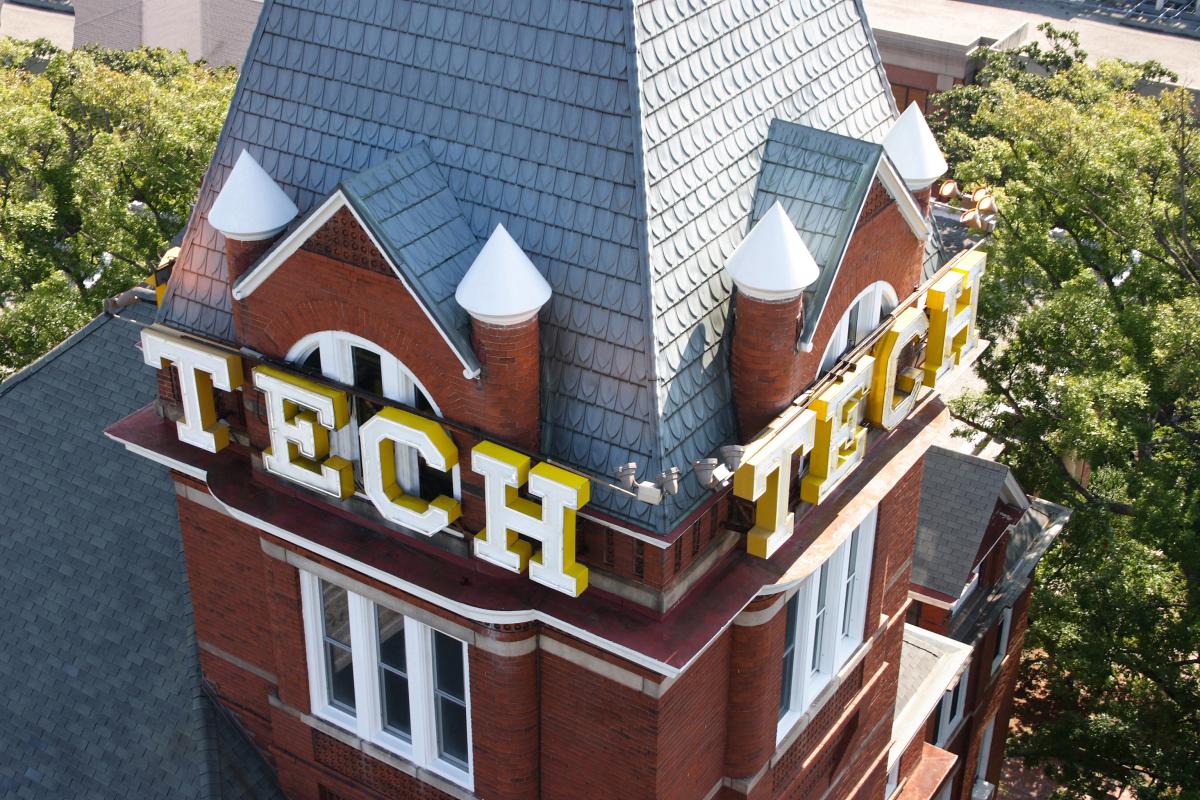
The Georgia Institute of Technology is organizing a one-day workshop on the development of a sustainable domestic industrial base for lightweight, energy-efficient systems. The workshop will bring together acquisition leaders from the U.S. Government, academia, and industry that have common interests in supply chain analysis and advancing the availability of domestic sources for lightweight material solutions for Government systems.
Additionally, senior leadership and staff representing the interagency Defense Production Act Committee (DPAC) have been invited to participate. The DPAC is a Congressionally established body comprised of 17 Department and Agency heads who advise the President on ensuring the U.S. industrial base can meet essential government needs. Proceedings of the workshop will help advance the analysis of a new DPAC effort dedicated to lightweight materials.
NEED
The availability of advanced lightweight materials is a cross-cutting requirement that is crucial to improving the performance of many systems in areas such as energy-efficiency and performance. This technology has applications to current systems, such as automotive and aircraft light-weighting, while also acting as an enabler for innovative platforms, such as alternative energy sources. However, some of the resources for stronger, lighter, and more energy efficient materials, originate outside of the U.S. The long-term robustness of those resources currently produced in the U.S. have not been systematically examined across the entire spectrum of the Federal programs. Should any of these suppliers fail to deliver key goods, the U.S. becomes strategically vulnerable.
| Implementation of lightweight materials in government platforms saves lives and taxpayer money while enabling the shift of resources to other critical priorities.1 |
1. The 2011 USMC Expeditionary Energy Strategy showed that improved fuel efficiencies reduces the number of convoys at risk on the road, IED incidents, patrols diverted for force protection, operations delayed waiting for resupply, and weight and cube exceeding air and sealift.
GOALS
The workshop’s primary goal is to ensure closer alignment and coordination among all stakeholders – Federal agencies, Original Equipment Manufacturers (OEM’s), suppliers, trade associations, technical societies, and academia – to achieve a robust industrial base for lightweight, energy-efficient materials. The following topics will be discussed:
- The current limitations of conventional materials and the need for lightweight systems;
- Define the supply chain requirements for meeting lightweight, high-performance, energy-efficient targets within Federal programs;
- Identify underdeveloped industrial bases and examine why these gaps/deficiencies exist; and
- Advise DPAC on a way forward for the development of domestic capabilities.
FORMAT
- The conference will commence with keynote and guest speakers, followed by a panel comprised of representatives from academia, Government, and industry who will discuss the need for domestic sources of lightweight materials.
- Two breakout discussion sessions (in the morning and the afternoon) will occur:
|
Morning Sessions:
|
Afternoon Sessions:
|
